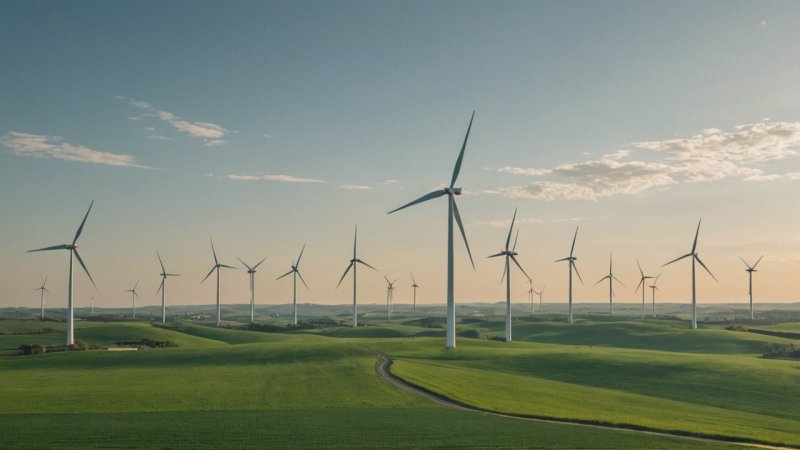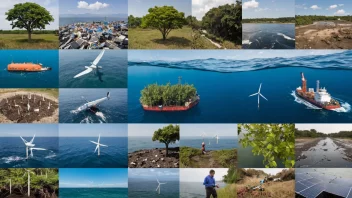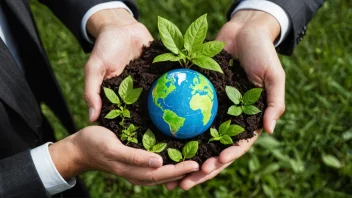Wind power is one of the fastest-growing sources of renewable energy, providing a clean and sustainable alternative to fossil fuels. As the need for environmental protection intensifies, innovations in wind energy technology are paving the way for a greener future. This article explores some of the most exciting advancements in harnessing wind power and their impact on environmental sustainability.
One of the most significant innovations in wind energy is the development of larger and more efficient wind turbines. Modern turbines are now reaching heights of over 600 feet, with blades that can span more than 300 feet. These larger turbines can capture more wind energy and generate significantly more electricity than their smaller counterparts. Moreover, advancements in blade design, such as the use of lighter materials and aerodynamic shapes, have improved efficiency while reducing wear and tear, allowing for longer operational lifespans.
The offshore wind sector is also experiencing a revolution, with floating wind farms becoming a focal point of innovation. Unlike traditional offshore turbines anchored to the seabed, floating wind farms can be deployed in deeper waters where wind speeds are higher and more consistent. This technology not only enhances energy production but also minimizes the visual and environmental impact on coastal communities. Countries such as Norway and Scotland are leading the charge in developing floating wind farms, demonstrating the potential for sustainable energy generation in previously untapped areas.
Another groundbreaking development in wind energy is the implementation of energy storage systems. Integrating battery storage with wind farms allows for the capture and storage of excess energy generated during high-wind periods. This stored energy can then be utilized during times of low wind, ensuring a stable and reliable power supply. Innovative storage solutions, such as lithium-ion and pumped hydro storage, are becoming increasingly efficient and cost-effective, making wind energy a more dependable source of power.
Moreover, advancements in predictive analytics and machine learning are transforming how wind farms operate. By using data from weather forecasts and turbine performance, operators can optimize energy production and reduce downtime for maintenance. This predictive approach not only enhances the efficiency of wind farms but also minimizes their environmental footprint by ensuring that turbines operate at peak performance.
The integration of wind energy into smart grids is another essential innovation for promoting environmental sustainability. Smart grids enable better management of energy distribution and consumption, facilitating the seamless incorporation of renewable energy sources like wind power. By allowing for real-time monitoring and adjustments, smart grids help reduce energy waste and ensure that renewable sources are utilized to their fullest potential.
Lastly, community wind projects are gaining momentum, empowering local communities to take charge of their energy needs. By installing smaller, decentralized wind turbines, communities can generate their own renewable energy while fostering local economic development. These projects promote energy independence and resilience, showcasing how grassroots initiatives can contribute to environmental protection.
In conclusion, innovations in wind power are not only revolutionizing the energy landscape but are also vital for environmental protection. By embracing these advancements, we can reduce our reliance on fossil fuels, lower greenhouse gas emissions, and work toward a sustainable future. Individuals can get involved by advocating for wind energy projects in their communities, educating others about the benefits of renewable energy, and supporting policies that promote sustainable practices. Together, we can harness the power of wind for a cleaner, greener planet.
Harnessing Wind Power: Innovations for a Greener Future
Explore the latest innovations in wind power and their significance in promoting environmental sustainability.






